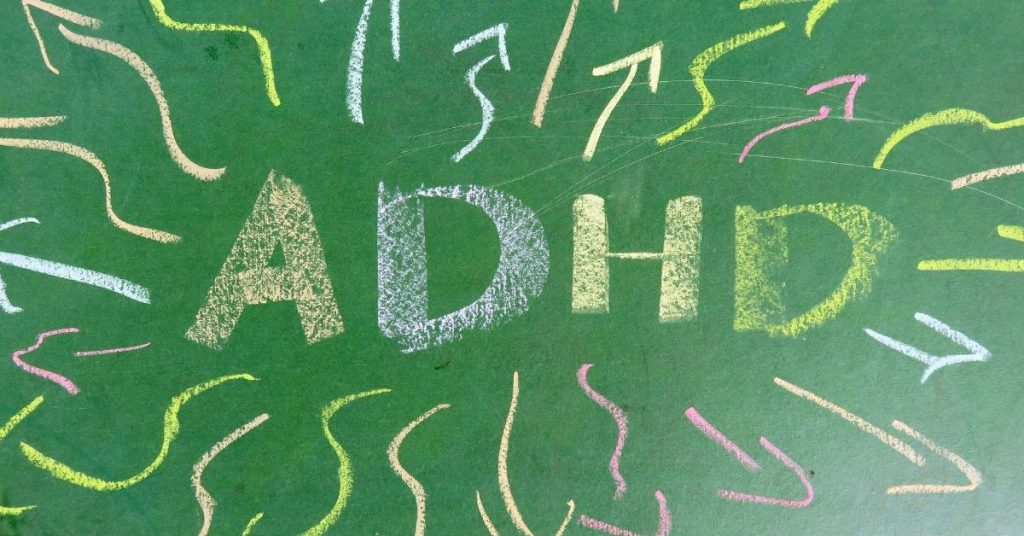
ADHD Awareness month
“ADHD Awareness Month’s goal is to provide reliable information and resources to help people thrive with ADHD. Although the month of October is designated as ADHD Awareness Month, learning and sharing information about ADHD is beneficial all year long! In keeping with our 2024 theme, Awareness is Key!, we encourage the ADHD community to increase awareness and understanding by sharing ADHD information and supports with all who could benefit.”
Useful links and factsheets:
ADHD Foundation – https://www.adhdfoundation.org.uk/wp-content/uploads/2022/03/Teaching-and-Managing-Students-with-ADHD.pdf
ADHD UK – https://adhduk.co.uk/special-educational-needs-and-disability-send/
NHS Guidance – https://www.nhs.uk/conditions/attention-deficit-hyperactivity-disorder-adhd/living-with/
Child Mind Institute – https://childmind.org/guide/teachers-guide-to-adhd-in-the-classroom/
ADHD in Education: Fostering Success in the Classroom
Attention-Deficit/Hyperactivity Disorder (ADHD) affects millions of children, often continuing into adulthood. It’s characterised by persistent patterns of inattention, hyperactivity, and/or impulsivity that can significantly impact a child’s educational journey. Understanding how ADHD manifests in the classroom and implementing effective strategies is crucial for fostering a positive and productive learning environment for these students.
The Impact of ADHD on Learning:
ADHD can present significant obstacles to academic success. Difficulties with sustained attention can lead to challenges in following instructions, completing tasks, and staying focused during lessons. Students may appear forgetful, lose materials frequently, and struggle with organization and time management. Hyperactivity can manifest as restlessness, fidgeting, and difficulty staying seated, potentially disrupting their own learning and that of their peers. Impulsivity can lead to blurting out answers, interrupting, and difficulty waiting their turn. These challenges can result in underachievement, frustration, and even social difficulties.
It’s important to recognize that ADHD presents differently in each child. Some may primarily exhibit inattentive symptoms, appearing as “daydreamers” who struggle to focus and follow through. Others may show predominantly hyperactive-impulsive traits, displaying excessive energy and difficulty with self-control. Many children present with a combination of both. Furthermore, ADHD can co-occur with other conditions like learning disabilities, anxiety, and mood disorders, further complicating their educational experience.
Strategies for Support:
Creating an inclusive and supportive educational environment for students with ADHD requires a multifaceted approach. Teachers play a vital role in implementing classroom strategies that cater to their unique needs. Some effective strategies include:
- Clear and Concise Communication: Providing instructions that are brief, clear, and repeated can aid comprehension. Pairing verbal instructions with visual aids can also be beneficial.
- Structured Environment: Establishing predictable routines, clear rules, and well-organized learning spaces can minimize distractions and provide a sense of stability.
- Seating Arrangements: Strategically seating students in areas with fewer distractions, perhaps near the teacher, can improve focus.
- Task Modification: Breaking down large assignments into smaller, manageable steps can make them less overwhelming. Offering choices in how students demonstrate their learning can also increase engagement.
- Time Management Support: Using timers, visual schedules, and providing cues can help students manage their time effectively.
- Movement and Breaks: Incorporating opportunities for movement, such as brief stretching breaks or allowing students to stand while working, can help manage hyperactivity and improve focus.
- Positive Reinforcement: Focusing on positive behaviours and providing frequent praise and encouragement can build self-esteem and motivation.
Formal Accommodations:
In many cases, students with ADHD benefit from formal accommodations outlined in an Individualised Education Program (IEP) or a 504 plan. These plans are tailored to the individual student’s needs and can include:
- Extended time on tests and assignments.
- Preferential seating.
- Reduced workload or modified assignments.
- Use of assistive technology.
- Breaks during testing or instruction.
- Support with organisation.
Collaboration is Key:
Effective support for students with ADHD requires strong collaboration between teachers, parents, school psychologists, and other relevant professionals. Open communication and a shared understanding of the child’s strengths and challenges are essential for developing and implementing successful interventions.
By understanding the impact of ADHD on learning and implementing evidence-based strategies and accommodations, educators can create a more equitable and supportive learning environment where students with ADHD can thrive and reach their full potential. Recognizing their unique learning styles and providing tailored support is not just beneficial for these students, but enriches the entire classroom community.
References:
CDC. “About Attention-Deficit / Hyperactivity Disorder (ADHD)” Oct 2024.
Collins, Emily. “Researchers find college students with ADHD are likely to experience significant academic challenges” Lehigh University. Feb 2021
Milestones Psychology. “ADHD & Executive Functioning”. © Milestones Psychology 2025
NIH. “Attention-Deficit/Hyperactivity Disorder: What You Need to Know” Revised 2024. The National Institute of Mental Health (NIMH)
Thriving Minds “Strategies for Managing ADHD in School and Beyond” 2024.
Would you like access to more resources and done-for-you toolkits? Consider one of AMHIE’s paid memberships, visit our membership page to discover more: https://amhie.com/our-offer/membership/
